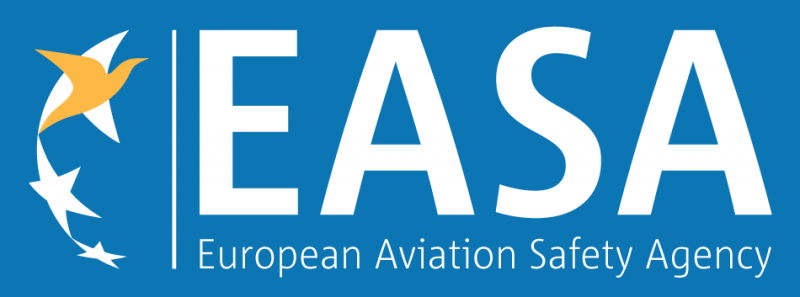As the world of drones continues to soar to new heights, regulations and standards have become crucial in ensuring the safe and responsible use of unmanned aerial vehicles (UAVs). In Europe, the European Union Aviation Safety Agency (EASA) plays a pivotal role in shaping the landscape of drone operations. In this article, we will explore what EASA is and why every drone pilot in Europe should be familiar with its regulations and guidelines.
What is EASA?
EASA, short for the European Union Aviation Safety Agency, is an agency of the European Union responsible for regulating and promoting aviation safety across Europe. Established in 2002, EASA’s primary goal is to create a unified regulatory framework for aviation safety, including both manned and unmanned aircraft. When it comes to drones, EASA has introduced regulations that aim to harmonize the rules for drone operations throughout the European Union.
Why is EASA Relevant to Drone Pilots?
If you’re a drone pilot in Europe, EASA should be on your radar for several important reasons:
- Harmonization Across EU Member States: EASA’s regulations are designed to create a standardized set of rules for drone operations across all EU member states. This simplifies the process for drone pilots who may wish to operate their UAVs in different countries within the EU.
- Safety First: EASA places a strong emphasis on safety. By adhering to EASA’s guidelines, drone pilots can contribute to a safer airspace environment, reducing the risk of accidents or incidents involving drones.
- Streamlined Certification: EASA’s regulations provide a clear framework for the certification and registration of drones. This makes it easier for drone manufacturers to ensure their products comply with the latest safety standards.
- Common Operating Rules: EASA establishes common operating rules for drone pilots. These rules cover various aspects of drone operations, such as altitude limits, no-fly zones, and requirements for remote identification and registration.
- Remote Pilot Competency: EASA sets standards for remote pilot competency. This ensures that drone operators have the necessary skills and knowledge to operate their UAVs safely and responsibly.
- Future-Proofing: Staying informed about EASA’s regulations is essential for drone pilots who want to remain compliant with evolving industry standards. As technology advances and the drone industry grows, EASA’s role in shaping the future of UAV operations will become even more significant.
Key EASA Regulations for Drone Pilots
To better understand EASA’s impact on drone operations in Europe, let’s highlight some of the key regulations and guidelines:
- Open, Specific, and Certified Categories: EASA classifies drones into three categories based on their weight and intended use. Understanding these categories helps drone pilots determine which regulations apply to their specific operations.
- Remote Identification: EASA mandates that drones must be equipped with remote identification systems. This helps authorities identify and track drones in real-time, enhancing safety and security.
- Geo-Fencing: EASA encourages the use of geofencing technology to prevent drones from entering restricted or sensitive areas, such as airports, military installations, and urban centers.
- Training and Certification: Drone pilots may be required to undergo training and certification, depending on the category of drone they operate. This ensures that pilots have the necessary skills to operate their drones safely.
Conclusion
In the rapidly evolving world of drones, EASA serves as a critical regulatory body that aims to ensure the safe and responsible integration of UAVs into European airspace. Drone pilots in Europe should familiarize themselves with EASA’s regulations and guidelines to operate legally and safely. By doing so, they contribute to a safer, more harmonized, and innovative future for drone operations in Europe. Stay informed, stay compliant, and fly your drones responsibly within the bounds of EASA’s regulations.

